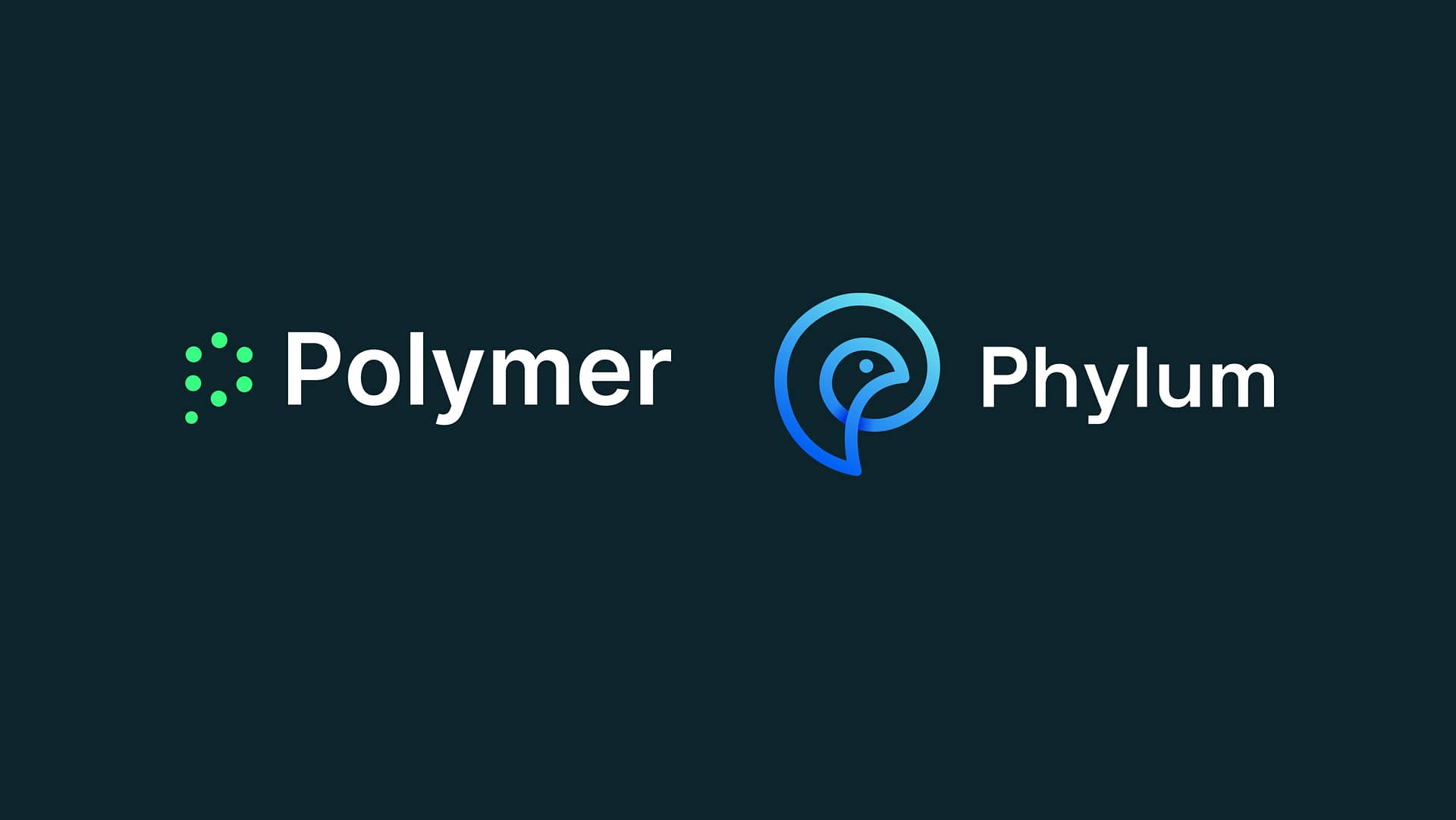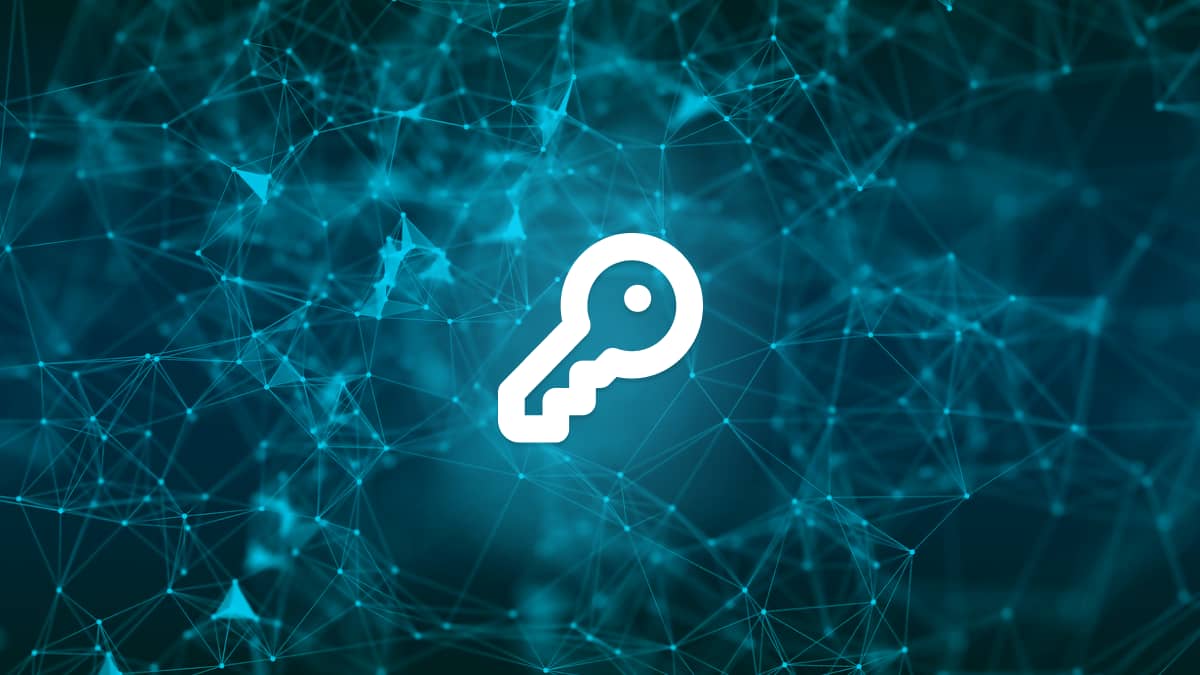Between misconfigured permissions, account hijacking, and the bring your own AI phenomenon, it’s easy to see why almost half of organizations suffered a cloud data breach in 2024.
Until recently, protecting data in the cloud felt like trying to hit a moving target. With so many cloud applications, dispersed users, and data ever proliferating, maintaining data security was a hit and miss endeavour.
Thankfully, data security posture management (DSPM) has changed the game. This suite of solutions is the gold standard for monitoring and securing sensitive data in cloud environments, enabling companies to prevent data leakage and meet compliance mandates.
Here, we’ll look at what DSPM is, why it’s a must for modern organizations, and how to find the right solution for your business.
What is DSPM?
DSPM is a relatively new term in the cybersecurity world, first coined by Gartner in 2022. However, while the term is novel, the principles underpinning the technology aren’t.
Think of DSPM as the next evolution of data-centric security—designed for the cloud. Just as data loss prevention (DLP) brought data-first protection to on-premises systems in the 2000s, DSPM takes that approach and optimizes it for modern, cloud-based environments.
At its core, DSPM uses AI and automation to discover, classify, and monitor sensitive data across your cloud platforms. It provides real-time insights into potential threats and compliance risks, giving you a holistic picture of the data security landscape.
Beyond visibility, DSPM enables action, using automation and machine learning to mitigate identified risks and stop them from recurring, strengthening your overall security posture.
Why DSPM matters
SaaS apps like Slack and Microsoft Teams are the bedrock employee productivity, enabling seamless collaboration and communication across teams. However, while these platforms help employees work faster and smarter, they can also create significant security challenges. With sensitive data flowing freely through these apps, security teams often struggle to keep up, unable to effectively track or control how that data is accessed, shared, or stored.
While each of these platforms offer native security features, they tend to be disconnected and require manual oversight to manage. Each tool comes with its own set of security controls, but they don’t always integrate well with each other, leaving security teams with the difficult task of juggling multiple systems and processes.
Traditional security tools have made it easier to manage cloud user access and detect suspicious activity, but they still fall short when it comes to protecting the data itself. These solutions focus on controlling who can access data and identifying risky behaviors, but they don’t address the core issue: securing sensitive data in real time.
Take, for example, a software development team that creates a new data store during development and testing, copying sensitive data to a test repository. A simple misconfiguration could expose that data to malicious actors. Or consider an employee who unwittingly shares sensitive customer information with a GenAI app or external contractor, breaching compliance without realizing the risk.
DSPM solves these challenges by focusing on securing the data itself—no matter where it goes or how employees interact with it. Unlike traditional security tools, DSPM ensures that sensitive data is protected from the moment it’s created, whether it’s shared in Slack, stored in a cloud service, or processed by a GenAI app.
Key components of DSPM
Like data loss prevention (DLP), DSPM tools take a cyclical approach to identifying and securing an organization’s sensitive data, ensuring ongoing protection and compliance. These tools are typically agentless, meaning they don’t require any software to be installed on devices or endpoints, making them easier to deploy and manage in complex cloud environments. They also use high degrees of AI and automation to deliver autonomous cloud security.
Here’s how DSPM works in practice:
- Data discovery: The first step is identifying where your sensitive data lives in the cloud. DSPM tools scan your entire cloud environment—storage, applications, databases—and provide complete visibility into where that valuable data is stored.
- Data classification: Once the data is discovered, DSPM classifies it according to its sensitivity. Whether it’s personal information, financial data, or proprietary business details, DSPM helps ensure that the right security measures are applied based on the data’s level of importance.
- Risk assessment and prioritization: After classifying the data, DSPM assesses the security risks associated with each data set. This involves detecting potential vulnerabilities, misconfigurations, or gaps in compliance. The tool then prioritizes risks based on the severity and the potential impact on your business, so you can focus on addressing the most pressing security threats first.
- Data protection and prevention: Finally, DSPM ensures ongoing protection by applying security measures that prevent data breaches. This includes enforcing encryption, managing access controls, and fixing misconfigurations that might expose data to threats. It continuously monitors your cloud environment to detect and respond to new risks in real-time.
Benefits of implementing DSPM
You may fall into the category of security personnel hesitant to add yet another tool to their already crowded security stack. Between integration issues and overhyped tools that cause more problems than they solve, your hesitance is understandable.
However, DSPM is different. Here’s why:
Autonomous data discovery classification
One of the biggest challenges security teams face is discovering and classifying sensitive data across cloud environments. With cloud infrastructures often sprawling across multiple platforms, it can be difficult to gain visibility into where critical data is stored and how it’s being used. DSPM solves this by automatically discovering and classifying sensitive data wherever it resides in your cloud environment. It ensures that all data is correctly identified, categorized by sensitivity, and protected accordingly—without the need for manual intervention or the risk of missing important datasets.
Uncover unseen risks
The ability to assess real-time risk exposure effectively is a surefire way to prevent data breaches before they happen. However, security teams often lack the insights they need to proactively identify and address vulnerabilities or compliance risks. DSPM solves this issue by continuously analyzing your cloud environment, offering a real-time assessment of potential risks. This means your security team can stay ahead of threats, prioritize issues based on their severity, and make timely decisions to mitigate risks before they lead to data breaches or compliance violations.
Automatically remediate threats
Misconfigurations, unprotected data, and evolving threats can leave gaps in security that need constant attention. DSPM addresses this challenge by automating the remediation process. Once vulnerabilities or misconfigurations are detected, DSPM can apply corrective actions without the need for manual oversight, saving time and ensuring that your security posture remains robust.
Maintain compliance with a proven audit trail
Maintaining compliance with industry regulations is another pain point for many security teams, particularly when dealing with sensitive data across multiple cloud platforms. DSPM simplifies compliance by providing a proven audit trail that automatically records actions taken to protect data. This detailed documentation makes it easier to demonstrate compliance during audits, ensuring that your organization is always ready for regulatory checks
Reduce burden on understaffed security teams
With security teams stretched thin, DSPM provides much-needed relief, holistic visibility across all cloud environments from a single dashboard. DSPM reduces the complexity of monitoring and securing data across multiple platforms, creating a single pane of glass. This unified view allows your security team to focus on high-priority threats, while the software takes care of the rest.
Prevent shadow AI and shadow IT
Shadow AI refers to unauthorized use of AI tools that aren’t vetted by your security team, while shadow IT involves employees using unapproved devices or applications to access company data. Unlike traditional security tools that may be bypassed by employees seeking more flexibility, DSPM is data-centric, meaning it protects sensitive data no matter where it goes, who accesses it, or which tool it interacts with.
Because DSPM focuses on securing the data itself rather than just the perimeter or the device, it cannot be easily circumvented. It continuously monitors data movement, access, and usage across all platforms, shining a light on any hidden risks posed by shadow AI or IT.
Challenges and considerations in DSPM
The DSPM space is crowded, making it difficult to know which vendors will truly deliver. As you explore your options, be mindful of common pitfalls that can undermine your data security efforts. Here’s what to watch out for:
Passivity
Some DSPM tools only offer visibility into where your sensitive data is stored but fail to take action to protect it. These passive solutions often generate overwhelming lists of vulnerabilities without providing the context needed to understand whether they’re being actively exploited. The result? Your security team is flooded with data but lacks the insights required to prioritize and take action.
With that in mind, when evaluating tools, look for solutions that combine robust visibility with proactive automation, enabling you to respond quickly to threats.
RegEx classification
Some DSPM tools rely on regular expressions (RegEx) for data classification, but this can lead to inaccuracies—for example, misidentifying a reference number as a credit card number. The trouble with RegEx is that it’s synonymous with false positives, leading to alarm fatigue and making it harder for your team to focus on real risks.
To avoid this, seek out tools that utilize a combination of RegEx and natural language processing (NLP), which provides greater accuracy and reduces false positives.
Deployment complexity
Many traditional security solutions come with complex, time-consuming deployment processes that can delay your ability to secure your cloud environments. Low-code DSPM tools, on the other hand, simplify the setup, allowing you to get up and running in just minutes. With these streamlined solutions, you can bypass the technical hurdles and start protecting your sensitive data right away—without wasting valuable time or resources. .
No focus on the human element
Traditional DLP tools often work by blocking user actions without helping employees understand why those actions are risky in the first place. This approach can cause frustration and doesn’t address the root of the problem—human error.
Leading DSPM solutions go beyond just blocking actions by incorporating human risk management technology: providing real-time training and context for risky behaviors. This helps employees learn the importance of data security and encourages them to make better decisions, creating a culture of security over time.
DSPM for SaaS, cloud, and GenAI
While DSPM may be a new term in cybersecurity, vendors like Polymer DLP have been pioneering its core principles for years. Our solution offers unmatched visibility and control across your cloud applications, using RegEx and natural language processing (NLP) to automatically discover, classify, and secure sensitive data in the apps your employees use day in, day out.
But securing sensitive data is just one part of the equation. The human element plays a crucial role, too. That’s why our platform integrates human risk management to guide employees toward making secure decisions in real-time. Instead of relying on traditional training, our solution delivers context-sensitive prompts within employees’ workflows, empowering them to make better security choices and cultivating a culture of security that sticks.
As organizations embrace generative AI tools like ChatGPT, our next-gen DSPM solution also extends to the world of GenAI. We provide bi-directional protection—securing both the inputs and outputs of AI applications. This means that sensitive data is always shielded from compromise, whether through user inputs or potential leaks in AI-generated responses.
Stay ahead of the cloud curve
As cloud usage continues to surge, ensuring visibility and control over your cloud environments is more critical than ever. In this climate, DSPM is essential for organizations looking to protect sensitive data in the cloud. By adopting DSPM now, you can stay ahead of emerging risks and safeguard your data as cloud workloads continue to proliferate.
Polymer DLP offers the advanced, automated protection you need to secure sensitive data across your cloud applications. With Polymer DLP, you gain the visibility and control necessary to proactively protect your data and mitigate risks as they arise—all while building a culture of security with embedded human risk management.
Prepare your organization for the future of cloud security. Request a free demo to learn how Polymer DLP can help you stay ahead and keep your data secure.



